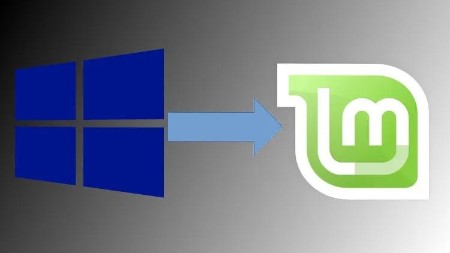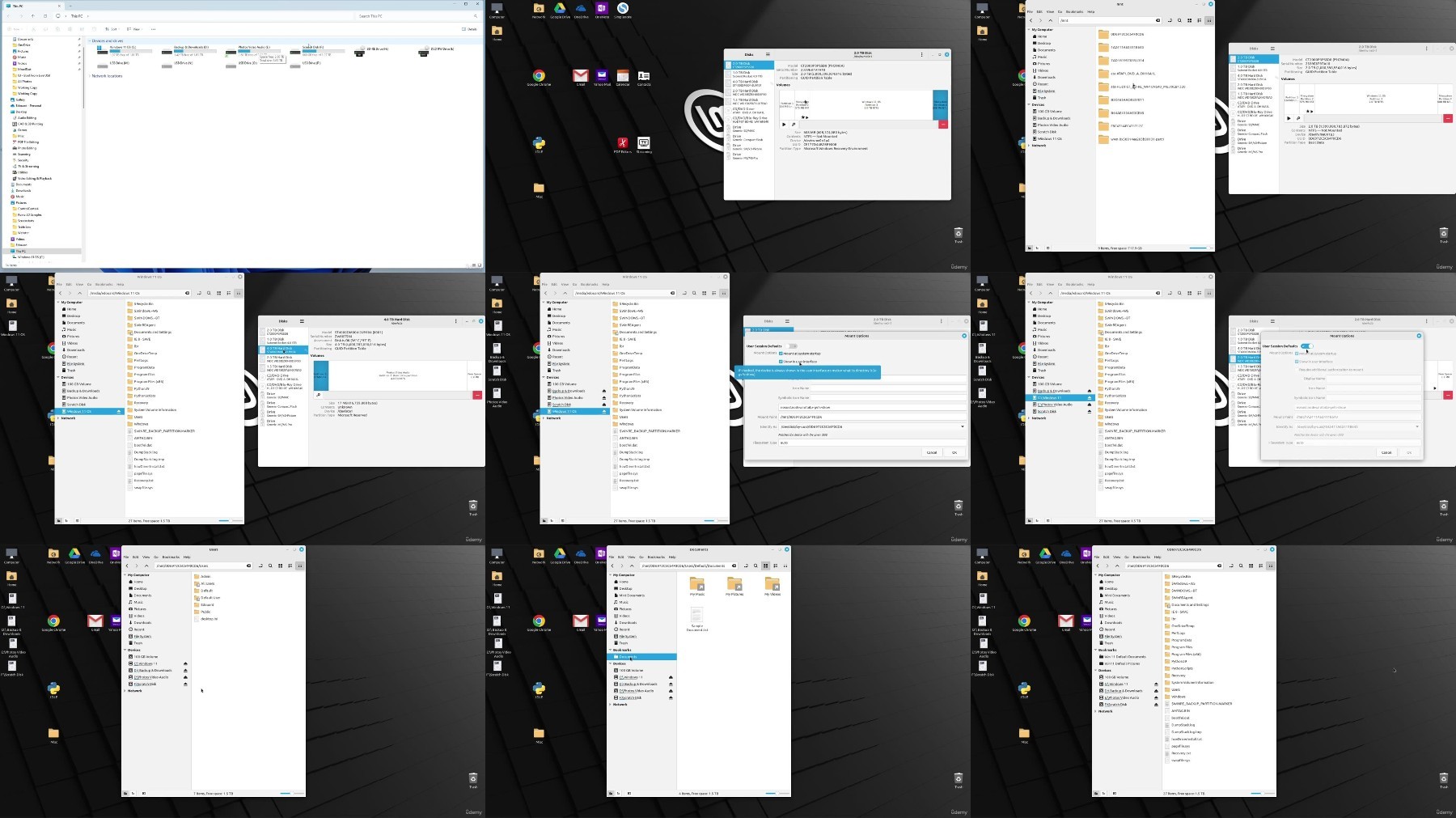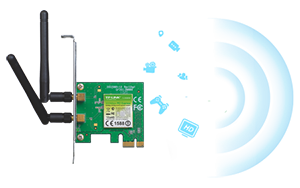Most Commented
Moving From Windows to Linux Mint




Description material

Moving From Windows to Linux Mint
.MP4, AVC, 1280x720, 30 fps | English, AAC, 2 Ch | 4h 37m | 2.55 GB
Instructor: Edouard Piché
Using Linux Mint as an alternative or supplement to Windows
What you'll learn
Requirements
Description
With Microsoft ending security updates for Windows 10 on October 14, 2025, there are many computers that will not meet the system requirements of Windows 11. Computer owners can use Linux as an alternative operating system, and keep their current computers running. Linux is a free and open source operating system that is secure, with no sharing of personal data. It is the basis for the Android operating system, and is widely used for servers and web sites. There are many distributions ("distros") of Linux; Linux Mint has been selected for this course as an easy to use option for users new to Linux. The course learning applies to any other distro; e.g., Elementary OS, Zorin, Pop! OS, etc.
This course will lead you through the process of downloading, evaluating and installing Linux Mint.
- Download Linux Mint Cinnamon distro and the Balena Etcher installer
- Create a bootable USB flash drive
- Boot the computer with the live drive and evaluate Mint, making no changes to the current operating system
- Permanently install Linux Mint on the computer hard drive alongside Windows (dual boot)
Once Mint is installed, the course will cover:
- Using the Terminal with some basic commands
- Updating the GRUB menu to change the dual boot load options
- Tweaking the appearance and convenience settings of the desktop
- Downloading apps using the System and the Snap, Flatpak and AppImage packages
For users with more than one computer, the course will cover:
- Setting up Windows and Linux PC's for sharing files on the network
- Determining the IP addresses of each PC
- Accessing and sharing files over the network between a mix of Windows and Linux PC's.
Open source video editing software will be used to edit:
- Personal videos from a smartphone or video camera
- Old home movies (e.g., 8 mm or VHS)
- Over the air broadcasts of television programs
Who this course is for:
More Info


What you'll learn
- Learn the advantages of the Linux operating system.
- Learn to install Linux Mint and use it on a "live" USB drive to evaluate it.
- Learn to permanently install Linux Mint as a second operating system (dual boot) with Windows.
- Learn to install additional applications using System, Snap, Flatpak and AppImage
- Learn to network Windows and Linux computers on a home system.
- Learn to use Linux open-source software for video editing.
Requirements
- A working Windows computer with at least 100 GB free hard drive space.
- Some knowledge of the Windows operating system is required, including the directory file structure.
- No prior knowledge of Linux is required; you will learn what you need to know.
Description
With Microsoft ending security updates for Windows 10 on October 14, 2025, there are many computers that will not meet the system requirements of Windows 11. Computer owners can use Linux as an alternative operating system, and keep their current computers running. Linux is a free and open source operating system that is secure, with no sharing of personal data. It is the basis for the Android operating system, and is widely used for servers and web sites. There are many distributions ("distros") of Linux; Linux Mint has been selected for this course as an easy to use option for users new to Linux. The course learning applies to any other distro; e.g., Elementary OS, Zorin, Pop! OS, etc.
This course will lead you through the process of downloading, evaluating and installing Linux Mint.
- Download Linux Mint Cinnamon distro and the Balena Etcher installer
- Create a bootable USB flash drive
- Boot the computer with the live drive and evaluate Mint, making no changes to the current operating system
- Permanently install Linux Mint on the computer hard drive alongside Windows (dual boot)
Once Mint is installed, the course will cover:
- Using the Terminal with some basic commands
- Updating the GRUB menu to change the dual boot load options
- Tweaking the appearance and convenience settings of the desktop
- Downloading apps using the System and the Snap, Flatpak and AppImage packages
For users with more than one computer, the course will cover:
- Setting up Windows and Linux PC's for sharing files on the network
- Determining the IP addresses of each PC
- Accessing and sharing files over the network between a mix of Windows and Linux PC's.
Open source video editing software will be used to edit:
- Personal videos from a smartphone or video camera
- Old home movies (e.g., 8 mm or VHS)
- Over the air broadcasts of television programs
Who this course is for:
- This is intended for Windows users whose computers do not meet the hardware requirements for Windows 11.
- Users with an older computer running slowly with Windows who want a faster operating system.
- Users with a mix of Windows and Linux PC's
- Users who wish to use open source software for video editing
More Info

Warning! You are not allowed to view this text.

Warning! You are not allowed to view this text.
Join to our telegram Group
Information
Users of Guests are not allowed to comment this publication.
Users of Guests are not allowed to comment this publication.
Choose Site Language
Recommended news
Commented


![eM Client Pro 9.2.1735 Multilingual [Updated]](https://pikky.net/medium/wXgc.png)



![[PORTABLE] Wondershare PDFelement Professional 9.1.5.1975 Multilingual](https://i.postimg.cc/xdy32zbZ/PDFelement-Pro.png)


![Movavi Video Editor 24.0.2.0 Multilingual [ Updated]](https://pikky.net/medium/qhrc.png)

